Identidad digital: Que es la identidad digital? Este termino lleva resonando últimamente en nuestra sociedad. Con la evolución de la tecnología.
La identidad digital no solo es nuestro nombre. Tenemos que irnos mas adentro, esto refleja nuestra identidad y de acuerdo a la definición de identidad son el conjunto de rasgos que nos definen y dicen quienes somos.
Eso es la identidad digital, como somos, gustos,rasgos y esencia de nuestra persona en Internet.

Yo vengo de una familia no muy tecnológica y muy conservadora. de chico no me dejaban registrarme ni dar información de verdad.
Mi primer contacto con mi identidad digital fue mi amor a los video juegos que me llevaron a crear un personaje y quien soy en linea, con quien loger conseguir demasiados amigos en linea.
es algo de verdad y algo muy grande.

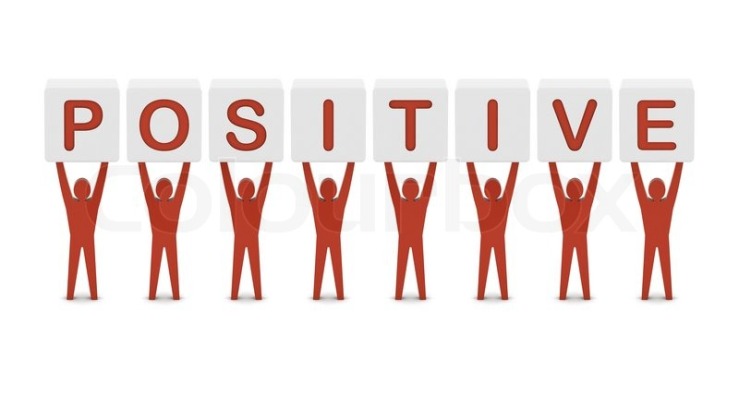 Positive.- I considere myself a person who is always looking the good part of the world, always trying to get the moral up of the persons around me.
Positive.- I considere myself a person who is always looking the good part of the world, always trying to get the moral up of the persons around me.
 Love.- Iam the kind of person that thinks that giving love to the world is the answer to everything.
Love.- Iam the kind of person that thinks that giving love to the world is the answer to everything.
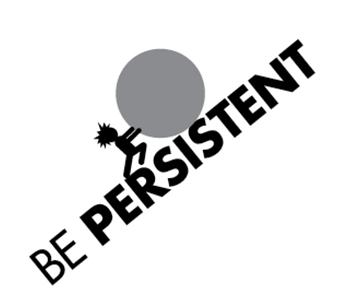
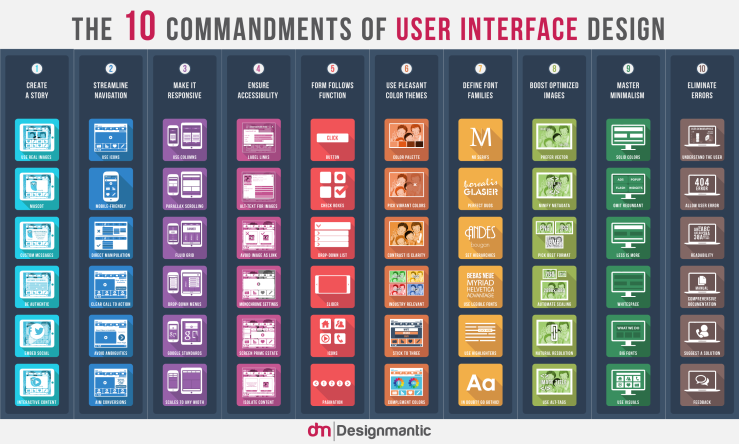 The user interface design is the design of computers, machines, mobile devices, software applications, and websites focused on user experience and interaction. Usually it is a multidisciplinary activity involving different branches such as: graphic design, industrial, web, software and ergonomics. Its objective is to make applications or objects more attractive and also assure that the user interaction is as intuitive as possible, known as user-centered design.
The user interface design is the design of computers, machines, mobile devices, software applications, and websites focused on user experience and interaction. Usually it is a multidisciplinary activity involving different branches such as: graphic design, industrial, web, software and ergonomics. Its objective is to make applications or objects more attractive and also assure that the user interaction is as intuitive as possible, known as user-centered design.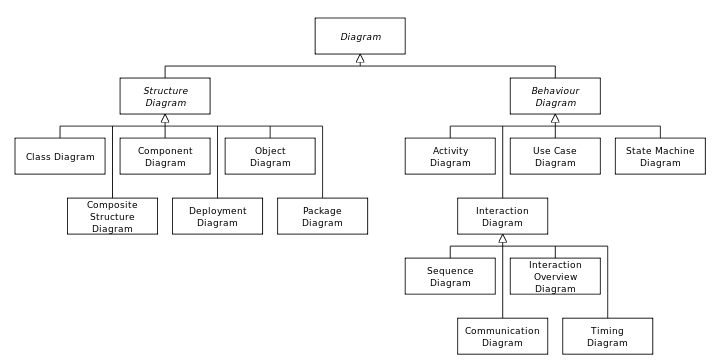 The Unified Modeling Language (UML) is a general-purpose, developmental, modeling language in the field of software engineering, that is intended to provide a standard way to visualize the design of a system.
The Unified Modeling Language (UML) is a general-purpose, developmental, modeling language in the field of software engineering, that is intended to provide a standard way to visualize the design of a system.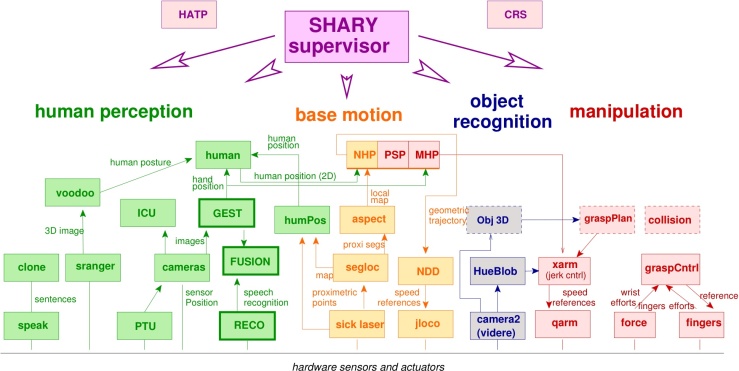 Software application architecture is the process of defining a structured solution that meets all of the technical and operational requirements, while optimizing common quality attributes such as performance, security, and manageability. It involves a series of decisions based on a wide range of factors, and each of these decisions can have considerable impact on the quality, performance, maintainability, and overall success of the application.
Software application architecture is the process of defining a structured solution that meets all of the technical and operational requirements, while optimizing common quality attributes such as performance, security, and manageability. It involves a series of decisions based on a wide range of factors, and each of these decisions can have considerable impact on the quality, performance, maintainability, and overall success of the application.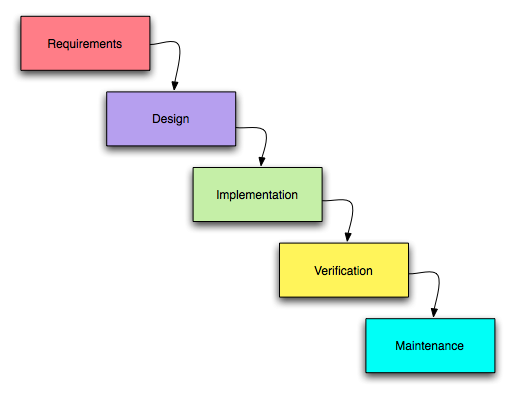
 From its beginnings in the 1960s, writing software has evolved into a profession concerned with how best to maximize the quality of software and of how to create it.
From its beginnings in the 1960s, writing software has evolved into a profession concerned with how best to maximize the quality of software and of how to create it.